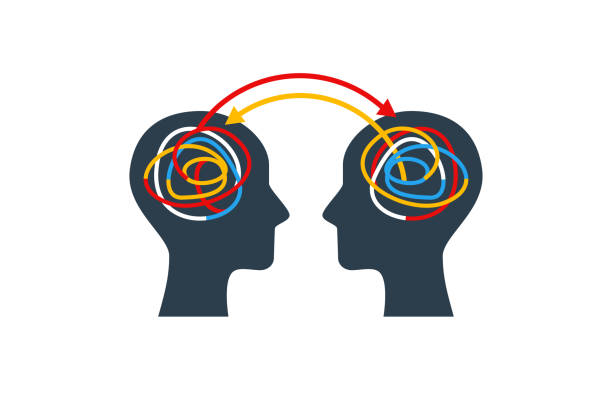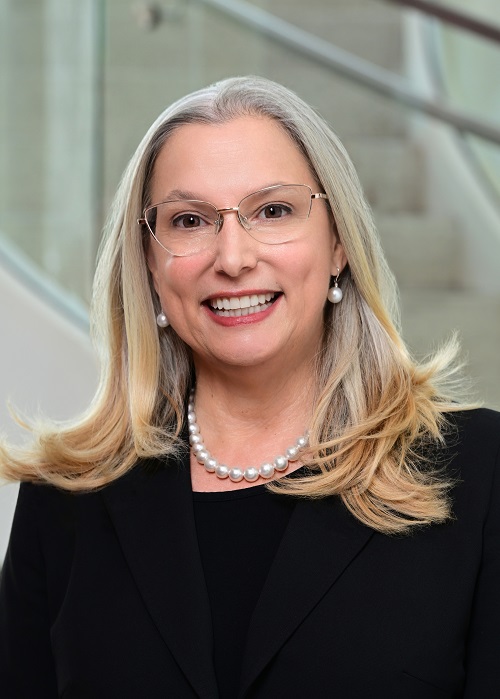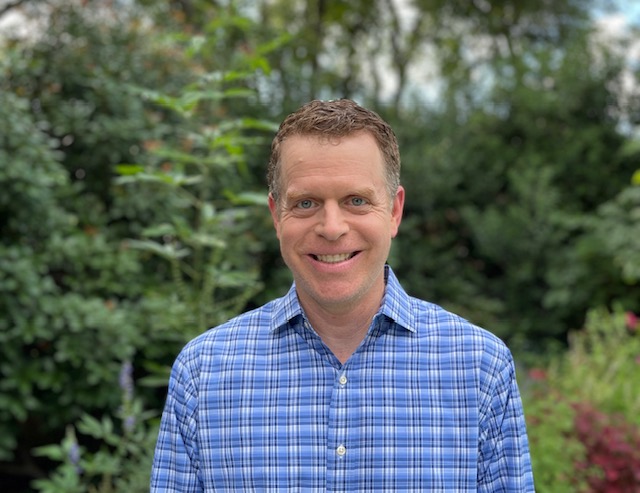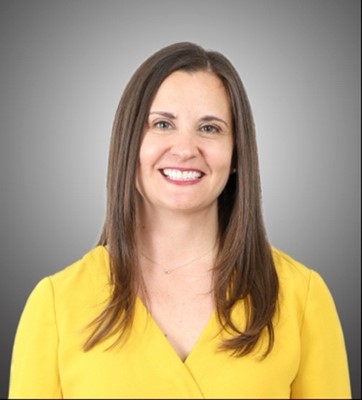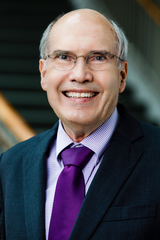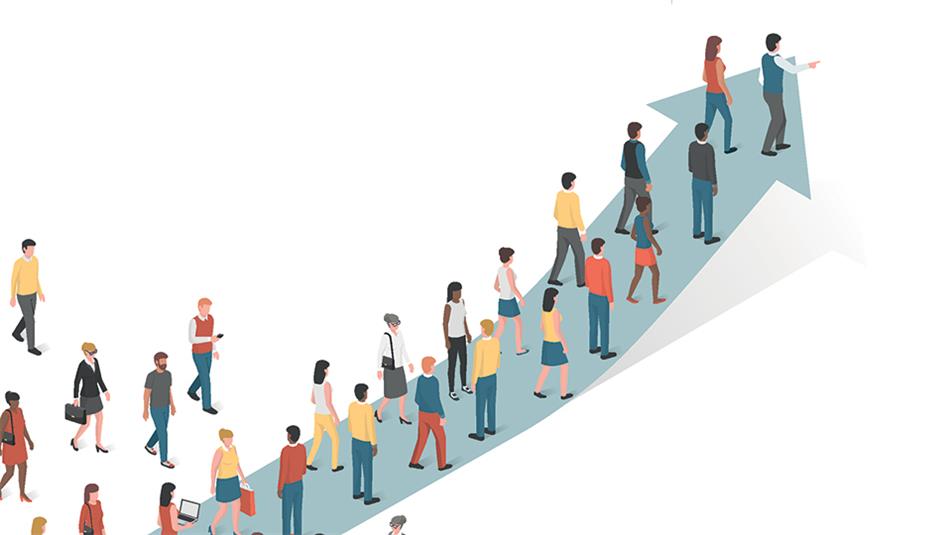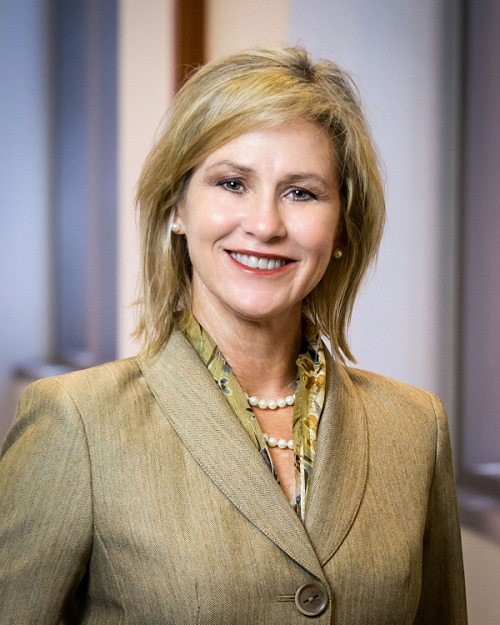By: Greg Miarecki, Executive Assistant Dean for Career Planning and Professional Development,
Director of the University of Illinois College of Law Leadership Project, University of Illinois College of Law
As we are now well into the spring semester at the University of Illinois College of Law, professional identity formation is front and center for our entering students. In the spring of 2015, we introduced a required 1L course—Fundamentals of Legal Practice. Fundamentals was originally designed to address many issues that many of us refer to as “professional identity formation” or “ABA Standard 303” issues. When I first designed the course, I labeled the course with a bit of oversimplification—it “teaches what you need to be a successful lawyer, but that many law schools don’t really care about and most students don’t really know about.” It’s a required, one-credit pass/fail course taught in the spring semester. I’ve served as the course instructor since the course began, and have tweaked it continually over the years. I’ve experimented with different sessions, different guest speakers, and different modes of instruction. I’ve always found this course challenging to teach because students come to law school with their own views on professional identity formation topics, and they often are resistant to discussing them in law school—typically arguing that “I already know this stuff.”
This year’s edition of Fundamentals begins with a session styled the “business of law,” which provides an overview of different practice areas and the skills and traits usually seen in successful lawyers in those practice areas. We follow those up with sessions on communication skills, project management skills, and wellness. We added the wellness and project management pieces this year. I was particularly focused on adding a wellness component, so that we could support our students who were running into “speed bumps” during their 1L year, often in the form of lower than expected grades.
The next tranche of classes features lessons in marketing, relationship building, personal branding, client service, and the importance of pro bono service. Marketing and branding are especially important to our Office of Career Planning and Professional Development given that many 1Ls are in the midst of their summer job search. And client service, as many of us former practicing lawyers know, can be the majority of what a lawyer does on a daily basis.
Following these sessions, we offer three separate sessions on leadership—an overview session, followed by a session highlighting the importance of diversity, equity, and inclusion in leadership, and a session on leadership in the non-profit sectors. We added the latter two sessions last year and they’ve been great additions. During each of these sessions, we bring in leaders in our profession to engage with the student on these topics. The final session of Fundamentals, titled “A View From the Bench”, features a number of judges commenting on the importance of the class and the topics we cover. This is always the most popular session in the course.
For two years, we taught the class virtually. I thought it was a great innovation because it allowed me to bring in guests from around the world to interact with our students, giving me the ability to offer a more diverse set of speakers. Now, with the return to in-person classes, I took the opportunity to involve our faculty members more heavily in the sessions. And it turns out, I like the class even better now—it’s been great to have so many colleagues in our building take part in the professional identity formation of our students.
I love teaching this course because there’s always something new to learn, and always a way to tweak it and improve the class. And by now, we have many hundreds of alumni who can attest to how the lessons they learned in Fundamentals made a difference (some big, some small) in their careers. If you haven’t designed a formal professional identity formation class for your incoming students, I hope you’ll consider doing so—you’ll be impressed with how much value it can generate for your students. Be ready for it to have flaws and imperfections—you’ll always find new ones every year!
I would welcome the chance to discuss Fundamentals with anyone who’s interested. Please feel free to contact me at miarecki@illinois.edu.
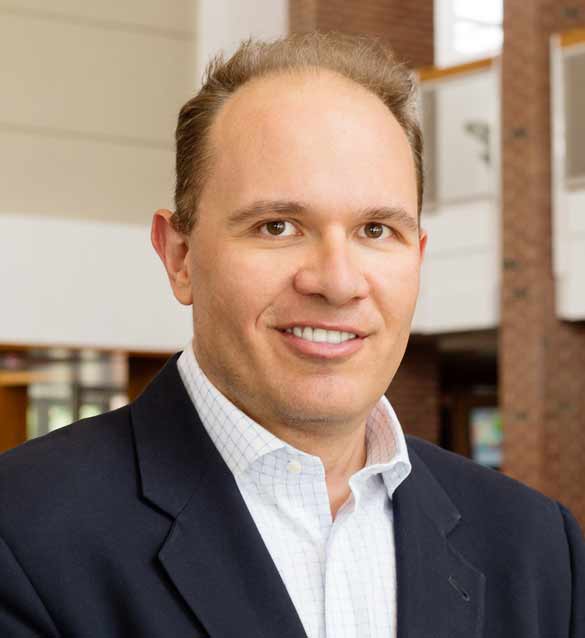
Greg Miarecki is the Executive Assistant Dean for Career Planning and Professional Development and the Director of the University of Illinois College of Law Leadership Project at the University of Illinois College of Law.

